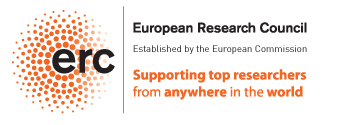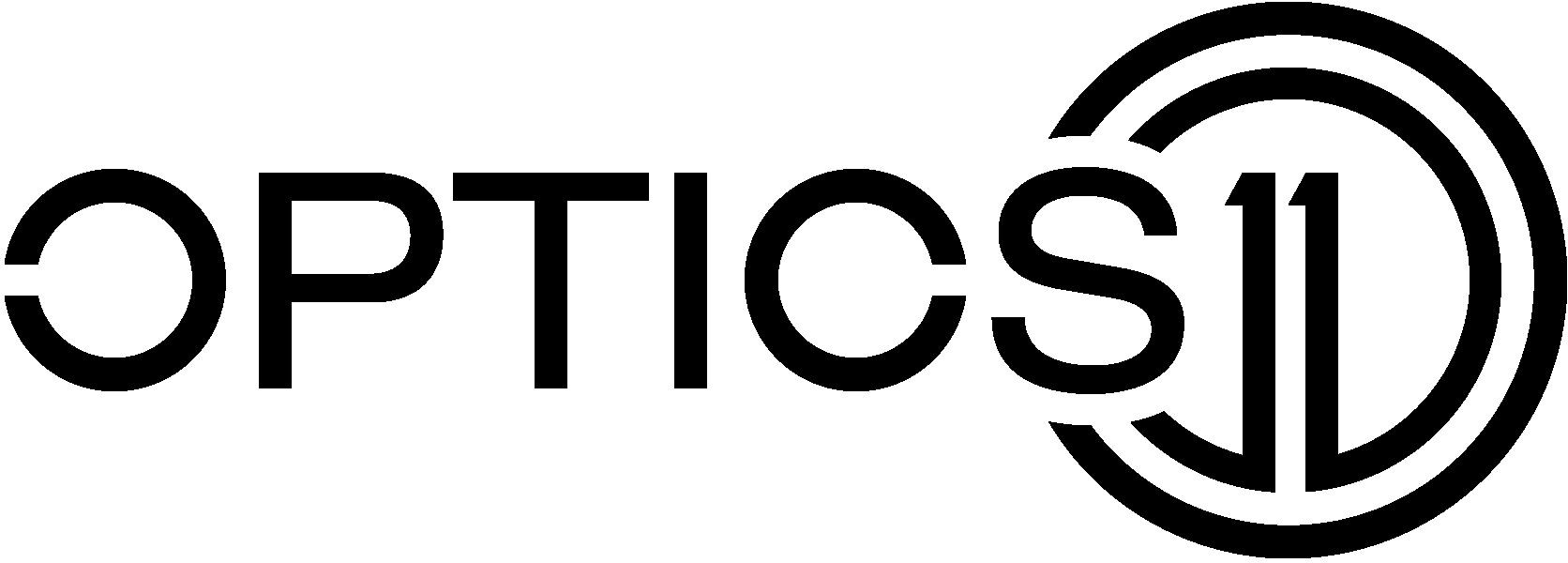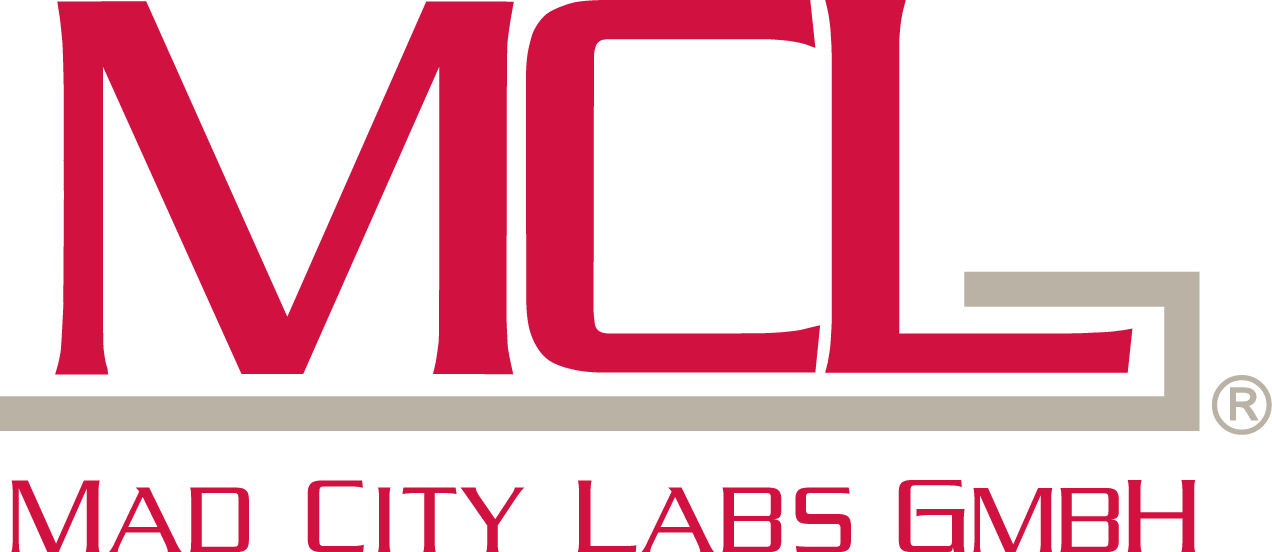Welcome again to Camogli!
For the second year we are proud to invite you to discuss novel nanotechnology tools and their application to the study of mechanical forces in biological systems.
Last year we introduced our original concept of direct and dynamic interaction between engineers developing state-of-the-art methods for the fabrication, structuring, and manipulation of matter at the nanoscale, and biologists investigating fundamental aspects of cell and tissue motility, function, and development.
The many novel ideas that were presented in 2016 resulted in a number of publications which contributed to shape the field of mechanobiology. In our 2017 symposium we will provide even better possibilities for new successful synergies.
In particular, the dynamics of cells and multicellular systems has recently shown striking analogies with physical systems of inert particles. For example, physical models describing the glass transition of amorphous materials can be adapted to capture complex behaviours of cell collectives. The ability of these models to predict emerging cellular activities, such as collective motions, tissue invasion or degeneration is among the exciting developments of this research.
Designing, developing, and implementing dedicated nanotechnologies for the manipulation of complex cellular systems will be key for the future unravelling of fundamental mechanisms in mechanobiology.
The 2017 edition of the Symposium will include a topical workshop on Mechanobiological Modelling, organized in the framework of the European ERC Nichoid project.














